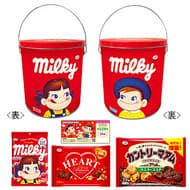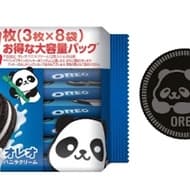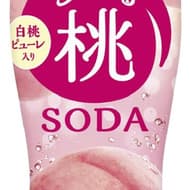The Shihida Masu Plant, which is open to the public, is located in the Kirishima Factory Garden, a complex operated by the company. The facility includes a museum, hall, and other facilities, and a bakery and brewery (beer brewery) are located in a corner of the facility, which is said to be very popular.
The Kirinokura Bakery sells bread made from shochu moromi, which is produced during the shochu production process. Among the various types of breads available, including bread for meals, bread for side dishes, and sweet breads, the "salt bread" (90 yen), which uses local salt, is very popular. The center is filled with Takachiho butter, which melts when heated. The crispy bottom, mellow aroma of butter, and salty taste are irresistible. The popularity of the baked goods must be real, because they are sold out every minute they are baked.
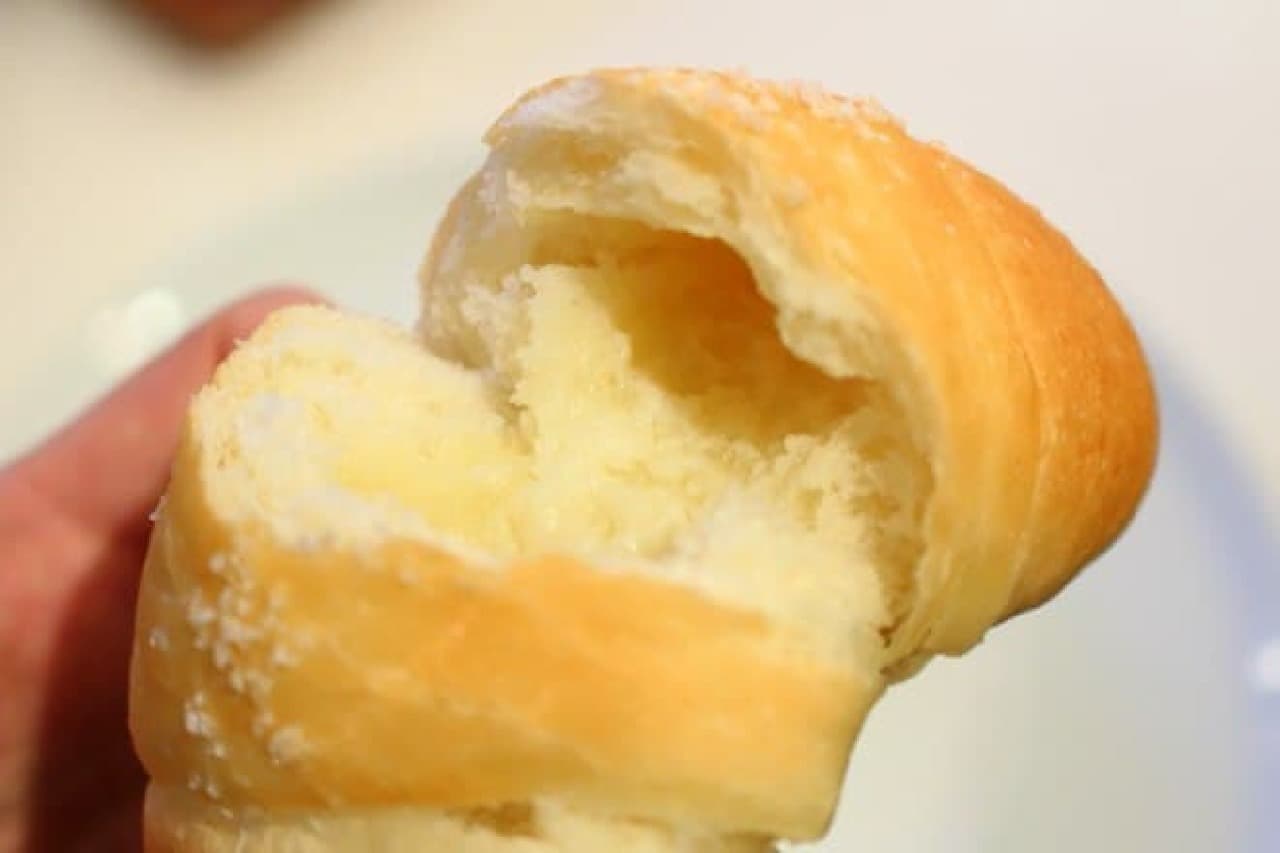
The Kirinokura Brewery is a combination of a microbrewery, restaurant, and store. Here, visitors can enjoy Kirishima Beer, the company's original microbrew. Like shochu, Kirishima beer is brewed with Kirishima rekkasui water, and the lineup includes blonde, golden, stout, and hyuganatsu. All beers have a nice sharp taste and a clean aftertaste.
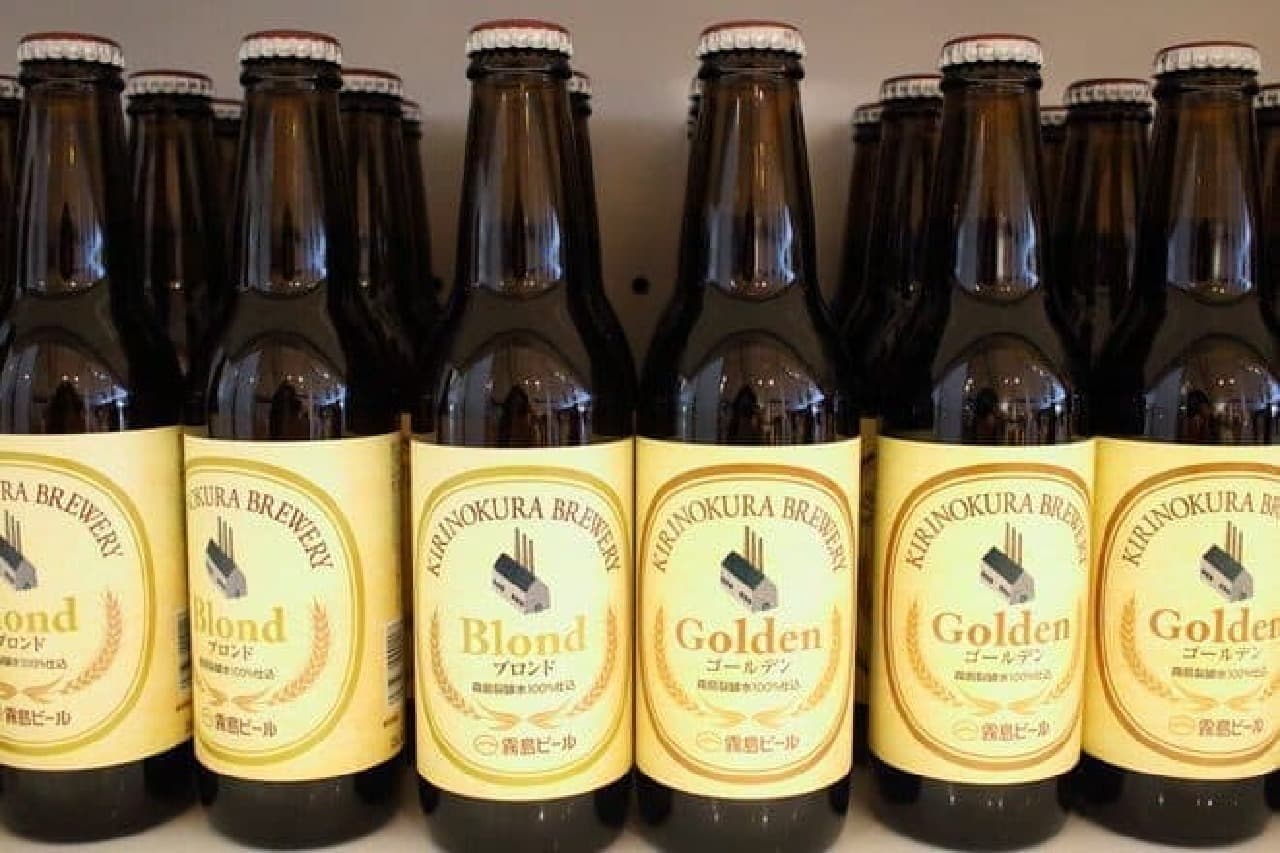
Extra] Local people's "love for Shirakiri
As many of you probably know, the Kirishima series includes "Akagirishima" and "Shirokirishima" in addition to "Kurokirishima. Shirokirishima, which has been sold as "Kirishima" for more than 80 years, underwent a name change and renewal in January. It is much older than Black (launched nationwide in 1999) and Red (launched in 2003). However, since most of the Kirishima is consumed within the prefecture, people outside of the prefecture are probably more familiar with Kurokirishima.
The difference between white and black is in the koji (malted rice). White koji is used for Shirokirishima, and black koji is used for Kurokirishima. Comparing the two, the white one has a stronger aroma of sweetpotato and is more robust. The black one is easier to drink, but I prefer the white one, because I like stinky shochu (in a good sense, of course). It seems that the locals also have a strong preference for white shochu, especially among older people who have been drinking it for many years. Incidentally, the current ratio of white shochu in the prefecture is about 50-50.
In fact, it is the best in Japan!
In September, it was announced that Miyazaki Prefecture surpassed Kagoshima Prefecture for the first time in the amount of potato shochu shipped in the 2014 brewing year, making it "number one" in Japan. This was due in part to the growth in sales of Kurokirishima shochu. The company has also ranked first in sales among shochu and awamori producers for three consecutive years. It is a large company that everyone recognizes.
Although the factories are increasingly mechanized to ensure stable production, the manufacturing process itself has not changed. Even though koji is now made by machine instead of by hand, and stored in large tanks instead of kettles, each product is made differently. The company's exclusive blender carefully evaluates the quality of each product, blends it, and sends it to the market.
The factory tour gave us a good sense of the importance they place on local ingredients and their pursuit of quality and taste. Needless to say, the drink after the tour was exceptionally tasty.

- << Previous
- 1
- 2
- Next >>
Address:5480 Shihida-cho, Miyaki-shi, Miyazaki
![[Factory tour] No entry fee! "Glico Pia East" has many attractions that adults can enjoy! Teaching tips for quiz competitions](https://image.entabe.jp/upload/articles/20247/b958d3db03aeab61a5651879df903591_special.jpg)
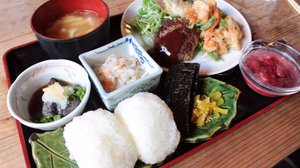
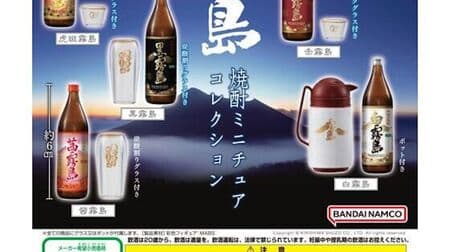
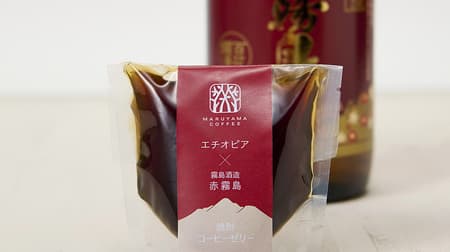
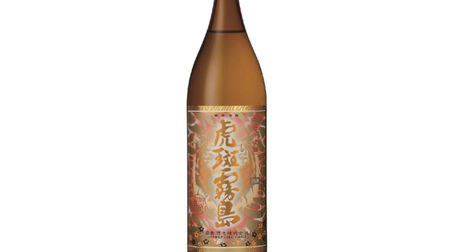
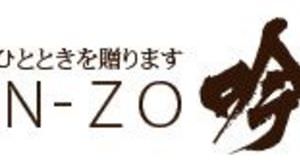

![Part-time job / Outsourcing] Web Writer Wanted: Gourmet, Recipes, Sundries, Life Hacks, etc. [Housewives and students welcome].](https://image.entabe.jp/upload/articles/56003/3c8044e6c70f93cb10b5a58e2aa0ce58_special.jpg)

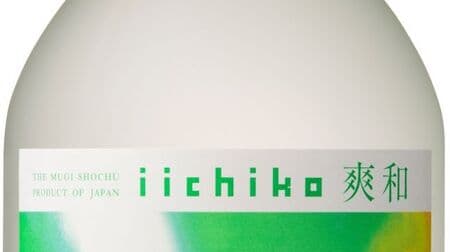
![Takara "Shochu Highball" [With fresh ginger under Iwashita] 7% alcohol by volume, highly carbonated, dry chu-hai! Refreshing taste and refreshing aroma of Iwashita's fresh ginger!](https://image.entabe.jp/upload/articles/54364/732a67d2c38b23cffcf16d0498b5448a_special.jpg)
![Takara Shochu Highball [with Yamaguchi Natsumikan]" with no purine, sweetener, or sugar.](https://image.entabe.jp/upload/articles/49539/dd2962659f58d7fb5efe3046e18265a5_special.jpg)
